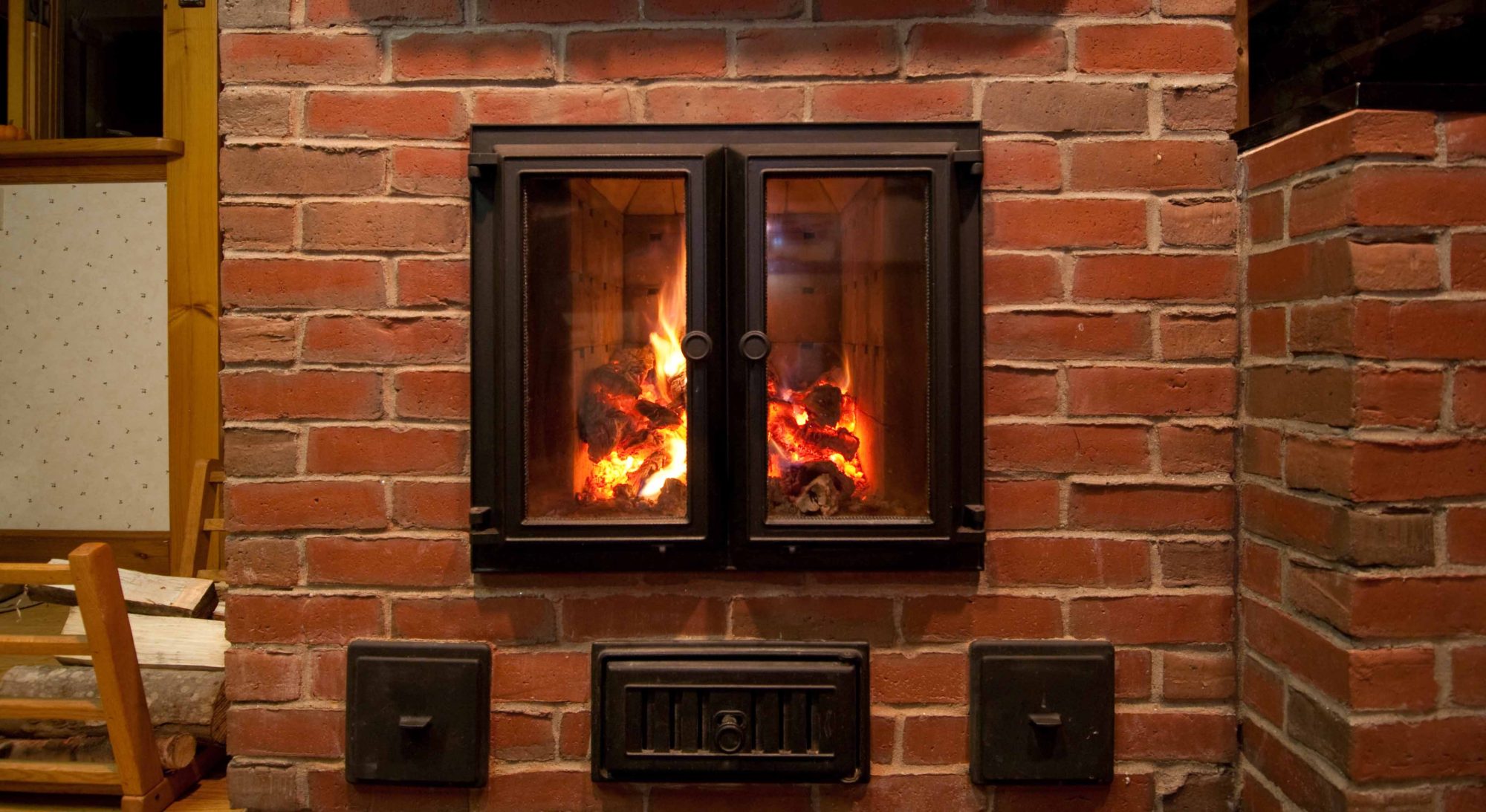It’s a cool rainy March day at the end of the first Maine winter using our wood burning masonry heater/cook stove.
Overall, the operation exceeded expectations. Our primary consideration was for a clean, efficient way to heat with wood. We have enjoyed heating and cooking with wood for almost 30 years using traditional wood stoves. The masonry heater/cook stove offers these advantages:
* Less pollution. The top-down burn is hot and lasts about 2.5 hours producing minimal smoke and unburned pollutants. At no time does the fire smolder.
* Efficiency. Using about 40 pounds of dry wood produces heat for 10-12 hours. We purchased a moisture meter to monitor the dryness and found a moisture content under 16 to be optimal. Average external temperature is about 120 degrees during that time. It takes about 15 minutes to build, start and monitor the fire and then you are done. We make some changes in the damper control depending on the wind but no further attention is required for the heater.
* Safety. This may be subjective but I feel the masonry heater is safer. Live fire is present only 2.5 out of 12 hours. Also, the baffles present a long path before flames and combustion gas enter the chimney proper.
The cook stove firebox is small so wood is added frequently. The cook top gets hot quickly and also cools down quickly when the fire goes out. We use it to get an instantaneous source of heat to take away the chill or to cook on the stovetop.
Besides having a clean, efficient heating source and cozy place for our animals to nap, we were attracted to the thought of having a small pizza oven. Having grown up near New Haven, CT and moving to rural Maine we really missed the taste of brick oven pizza and calzones. The small size of the oven and the center slot have posed some challenges, but we’ve learned to adapt. With experience we learned approximately how long it will take for our oven to reach certain temperatures. We’ve found that if we fire up the heater in the morning it’s perfect for using at dinnertime for roasting meats, heating casseroles, or baking lasagna, potatoes, or winter squash from the garden. I’m always excited to not have to heat up the electric oven for something small that takes a long time to bake.
For pizza we insert one and a half fire bricks on the sides of the oven to preheat then move them into the slot about two hours after firing the heater just after the flames have subsided. This leaves a small hole in the back so the gases can still escape but has enough heat (around 700 degrees) to cook one or two pizzas in about four minutes each! We’ve found that an infrared thermometer is a necessity to monitor oven temperatures. Live fire is not present, so you are not able to cook large quantities because of the heat loss when you open the door. You also have to be careful not to leave any gaps where your dough can fall through, (been there, done that)!
Bread, pita pockets and calzones are easy and fun to make on the sides of the slot. The hot brick gives the dough its oven lift and it’s entertaining to shine a light through the window and watch it rise.
We look forward to continued experimentation finding new uses for the oven in the years to come. Our dilemma is what to do as the weather warms and we have no reason to fire the heater. How will we cook our pizza? We wonder about the possibility of a Le Panyol wood fired oven on the back deck.
~Pam and Tom live in Strong, ME




